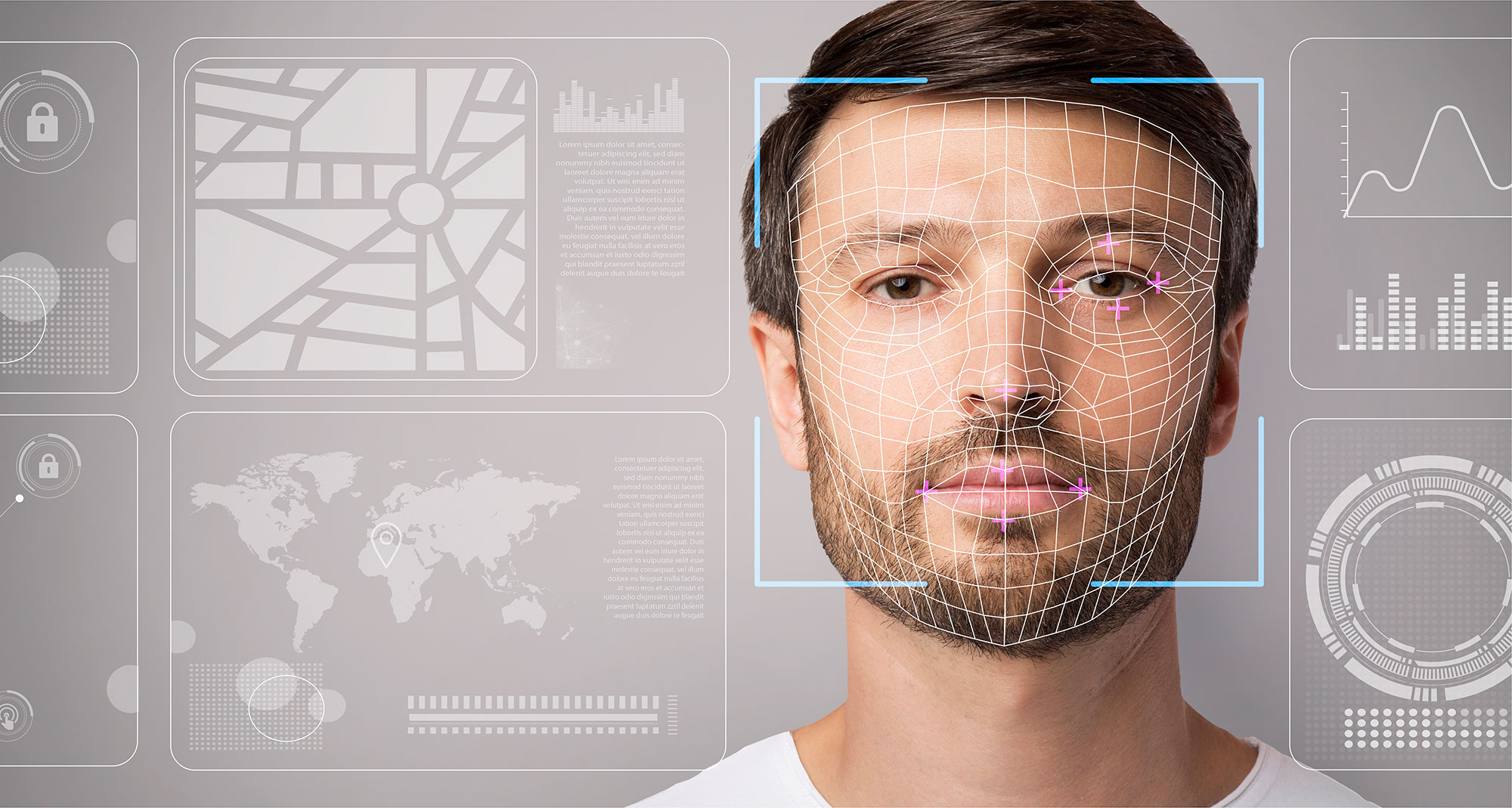Do you want to learn how to integrate face comparison API with JSON? Continue reading because we will show you how to do it easily in this article.
We’re developing a Face Recognition platform that will allow you to swiftly add human identity features into your products and services—it’ll be quick, safe, and secure.
Itis a simple concept: you upload photographs to our API, our deep learning algorithms analyze the faces identified, and the API gives a slew of relevant information about the faces we discover. This can be used to search, match, and compare faces, as well as to assess features such as age and gender.
Takes a picture, finds the faces in it, and saves them in a gallery you make.
All you have to do to add someone to a gallery is send them a JPG or PNG photo. You have the option of submitting the photo as a publicly visible URL, a Base64 encoded photo, or a file upload.
The next step is to select an identifier for the person being enrolled. The identifier could be their name (“Bob”), something specific to your app (“ABC123xyz”), or anything else that means something to you. That identification is known as “subject id.”
You must also choose a name for the gallery in which your images will be stored. This is known as “gallery name.” If you previously used that gallery name, we will just add your new face to it.
The “Liveness” function is now available:
Detects pixel-level patterns to forecast spoof attacks, allowing for the optimal balance of user experience, speed, and security robustness. Simply add the “liveness” selection in your API request to access this feature.

Facial recognition can be used to determine the legitimacy of a claim by comparing two face images using software. The method can be used to sign a person into their phone or check up a certain individual in an image database, among other things. Facial recognition involves computer-generated filters to turn face pictures into numerical expressions that can be compared to determine how similar they are. Deep “learning” is commonly used to create these filters, which process data using artificial neural networks.
Face Recognition APIs and Their Applications
- Unlocking Doors and Telephones The majority of today’s smartphones use facial recognition to unlock the device, guaranteeing that only the owner has access to the sensitive information stored within. In addition, facial recognition technology is used to manage access to high-security buildings.
-Social networking sites. Facebook analyzes your profile image and any submitted photographs and videos using face recognition to decide which ones they believe you are in.
-Face recognition for crime prevention. By accessing databases containing the faceprints of previously known offenders, law enforcement agencies can receive immediate notifications when a known criminal is caught on video entering a store.
So, if you need to integrate a face comparison API with JSON, we strongly advise you to use Face Comparison Validator. You will be able to compare faces in a simple and quick manner with this tool. Furthermore, it is compatible with practically all of our own digital gadgets.

Follow these steps to build a face comparison API with PHP using Face Comparison Validator:
-The Face Comparison Validator is interesting.
-Select your favorite plan or sign up for a trial.
-In the linkFile1 box, paste the URL of the image you want to compare.
-Copy the image’s second URL into the field provided, and then compare linkFile1 with linkFile2.
- CAPTCHA verification
-To finish, select “Test Endpoint.”
Regarding the Face Comparison Validator API
You can use the Face Comparison API to see if a person appears identically in two photographs. Our artificial intelligence may be used to compare the two photos and decide if they genuinely portray the same person. The API will only need the Base64 or photo URLs; the rest will be handled by our AI.
Face Comparison Validator API has numerous applications. Using this API, you can set up a face verification checkpoint at work. This API is especially useful if you wish to compare images with various IDs.

